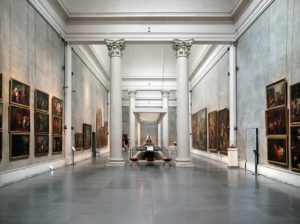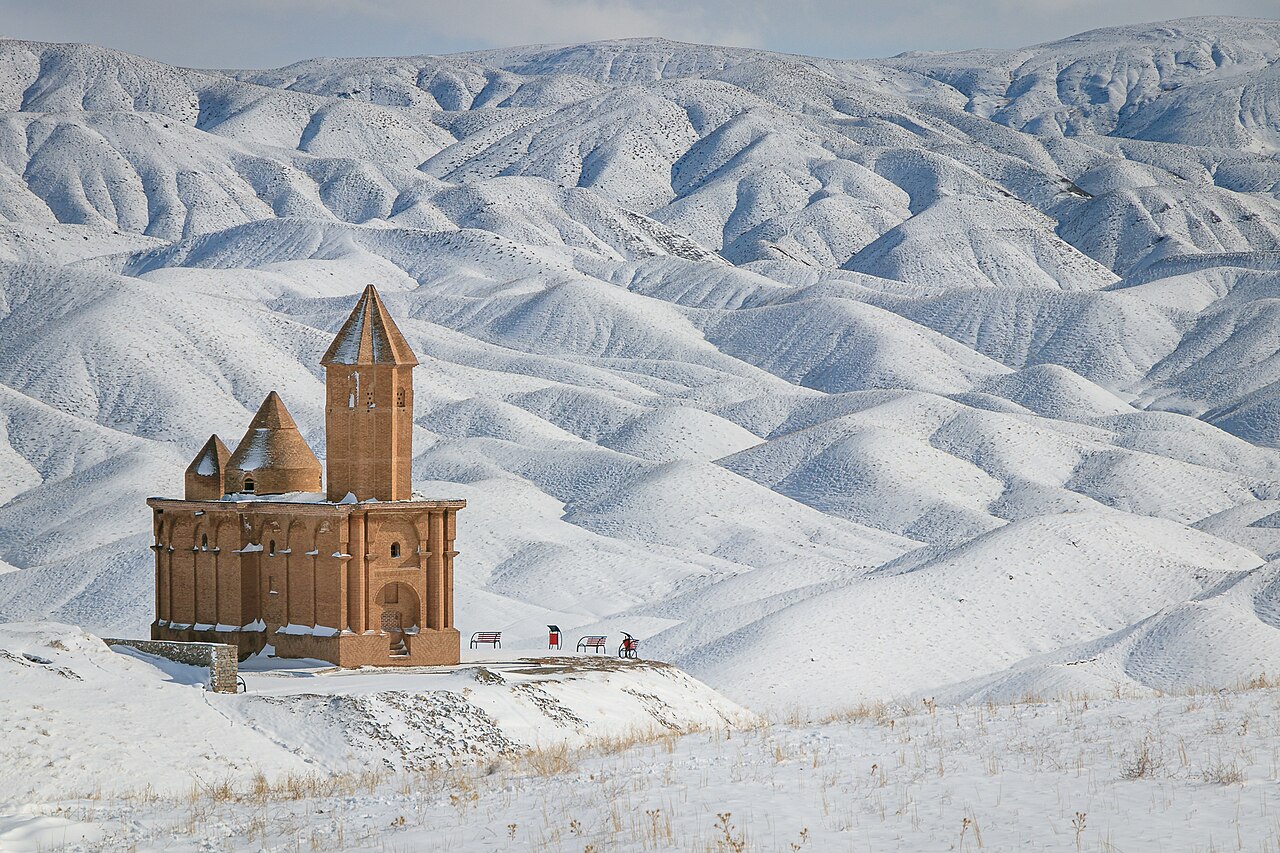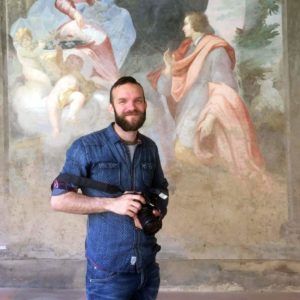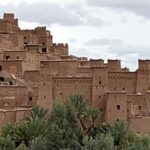WLM stories: Sailko, the Record Photographer
If we were to write a book about the experience of Wiki Loves Monuments in
Italy, one of the main characters would be Francesco Bini, known to many with his username on Wikipedia and Wikimedia Commons, Sailko.
Over 20% of the images collected in the first edition of the competition in Italy were uploaded on Wikimedia Commons by Francesco, who this year won the seventh place in the world ranking of users by number of image, with over 4500 uploads. In 2017, for the first time, Francesco broke into the Italian top 10 winners, ranking fifth with a photo taken inside the National Gallery of Parma.
We interviewed Francesco within the framework of the “Monumental Stories” campaign, launched by the international Wiki Loves Monuments team to give visibility to photographers who have won at local level.
What motivates you to participate in the competition with so much enthusiasm?
Wiki Loves Monuments represents for me an opportunity to share with everyone my passion for art and history. In Italy, unfortunately, we have restrictive laws that do not allow you to publish free licensed images of works of art and museums, unless you have a specific permission. For this reason, every year, I take advantage of the temporary authorizations that Wikimedia Italy obtains to portray as many monuments as I can: I am doing this for the competition, but also (and above all) I want these images to remain forever accessible and re-usable by everyone on Wikimedia Commons.
Monuments, landscapes, works of art: how do you choose the subjects of your photographs and which ones do you prefer to capture?
I received my first camera as a gift when I was eleven. The first roll I developed contained photos of rooms and paintings of my house and views of the street seen from my windows. I guess I always loved portraying inanimate objects!
Today I love taking photos of paintings, sculptures and works of art, always trying to capture the most hidden and unusual details. Unfortunately, I still cannot call myself a professional photographer. I shoot without a tripod and extra lights so it’s often difficult to reach the highest quality, especially when I am shooting inside museums and other institutions. However, I always try to fix these aspects with post-editing.
After six years you finally made it to the fifth position in the Italian ranking: what do you think of this result?
I was very happy for making it to the top 10, because it means that the quality of my photographs has improved a lot! I started taking photos for Wikipedia with a pocket camera, without any preparation and with a barely sufficient yield. Year after year I learned secrets to get better shots and I got a professional camera, thanks to the help of Wikimedia Switzerland. When I look at the pictures I shot in the past, I see how my way of shooting changed and how many things I learned with experience: and I still have a lot to learn!

National Gallery in Parma, Francesco’s winning photo (5th place) in WLM Italy 2017, (Sailko, CC BY-SA 4.0)
Let’s talk about your winning picture: what it depicts, when you’ve taken it and what does it represent for you?
The photograph of the National Gallery in Parma is not among the most difficult I shot this year. I was lucky to find the hall empty and lit by a beautiful morning light. The jury of the competition described this photo as simple and fresh. I’m glad I was able to convey this because actually there was a lot of work behind this picture, to straighten the lines, center it perfectly and touch up colors and lights in different areas of the room.
What is the photo of Wiki Loves Monuments that you wanted to shoot?
I must say that the international winners always leave me speechless. Among my favorite photos is the one that won in 2012: an altar between two sources of light that draw the room and let alone guess the beauty of the exotic palace that contains it.
This interview is also available in Italian here.
Special thanks to Francesca Ussani, communication manager of WMIT for conducting this interview and its translation to English.


